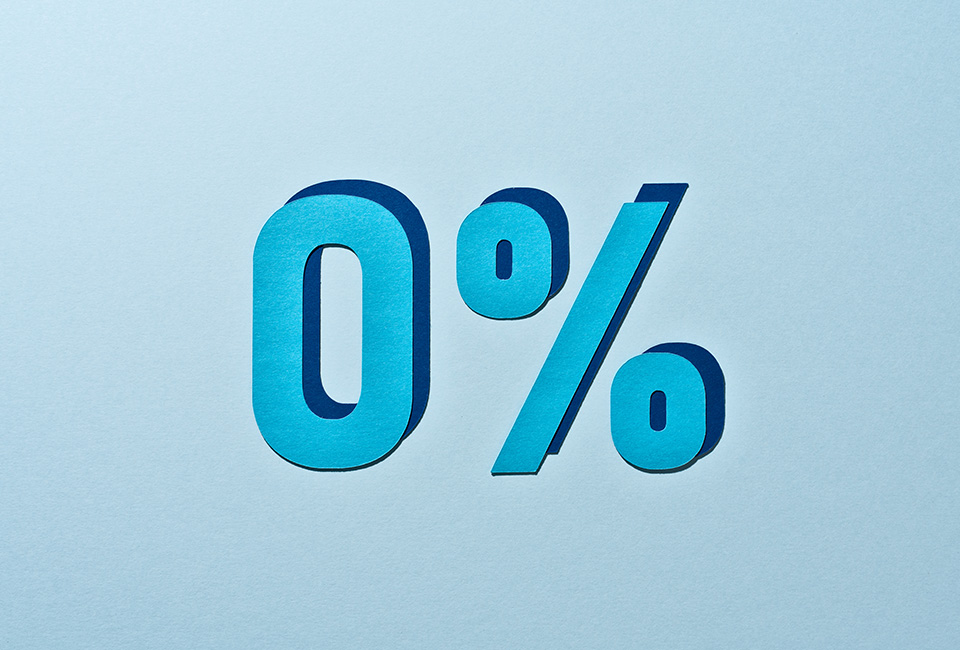Liberty News - What does the further reduction of the SNB key interest rate to 0% mean?
The Swiss National Bank (SNB) has cut the key interest rate by a further 0.25 percentage point to zero as of June 20, 2025. Raiffeisen chief economist Fredy Hasenmaile explains the economic implications of the decision.
Downside risks to the Swiss economy have increased, owing to aggressive US trade policy and the stronger franc. Swiss inflation is also at a very low level. Prices have recently been weaker than the SNB had expected. The SNB has now eased monetary policy again to keep inflation within the SNB’s target range of 0%-2% over the medium term.
Will negative interest rates finally return?
The SNB has put forward its precautionary policy and quickly reduced the key interest rate to 0%. The hurdle for reintroducing the negative interest rate policy is likely to be somewhat higher, because the SNB does not like negative interest rates in principle. But the members of the Executive Board are generally willing to use the instrument again if necessary.
However, if the adverse economic effects of US punitive tariffs are contained and the Swiss franc remains stable, particularly against the euro, as recently as possible, downside risks to the price outlook should diminish even in the absence of negative interest rates. «We therefore do not necessarily see a return of negative interest rates. However, a renewed escalation in customs disputes, together with rising demand for the Swiss franc, could increase the pressure on the SNB to act. Negative interest rates cannot therefore be ruled out in a volatile environment», says Fredy Hasenmaile, chief economist Raiffeisen Switzerland.
What does the interest rate decision mean for mortgage interest?
With the latest reduction in the key interest rate, the SARON overnight rate, which is controlled above this rate, will fall correspondingly, making SARON mortgages even cheaper than most fixed-term mortgages. «Since interest markets have been anticipating slightly negative interest rates for some time now, the financing conditions for longer-term fixed-term mortgages have already moved to lower levels before the interest rate decision was made», explains Hasenmaile. And he continues: «This means that, even with a slightly negative policy rate, there is not much downside potential in the long run. And if the SNB ends its easing cycle at its current level, fixed-term mortgages could even cost a little more later in the year.»
What impact does the reduction have on the residential property market?
The lower level of interest rates has made financing conditions for home ownership much more attractive even before the latest cut. «Buyer confidence is likely to increase once again with zero interest rates, boosting demand for residential properties. As supply-side shortages remain unchanged, property price growth should pick up again», Hasenmaile said.
Which interest rate fixation is appropriate for a mortgage?
The interest rate advantage of fixed mortgages over SARON financing has been reversed with the latest SNB cuts. «Longer-term fixed mortgages still make sense, however, if we assume that the economy will continue to recover and that the SNB and the other major central banks will not need to cut interest rates further. A multi-year fixed mortgage makes sense, especially if we prefer a fixed basis of calculation. Shorter terms, on the other hand, are more advantageous if we assume that the economy will continue or become even more pronounced, accompanied by even lower interest rates», Hasenmaile advises. He believes that financing costs over the maturities currently vary in principle, but not significantly.

